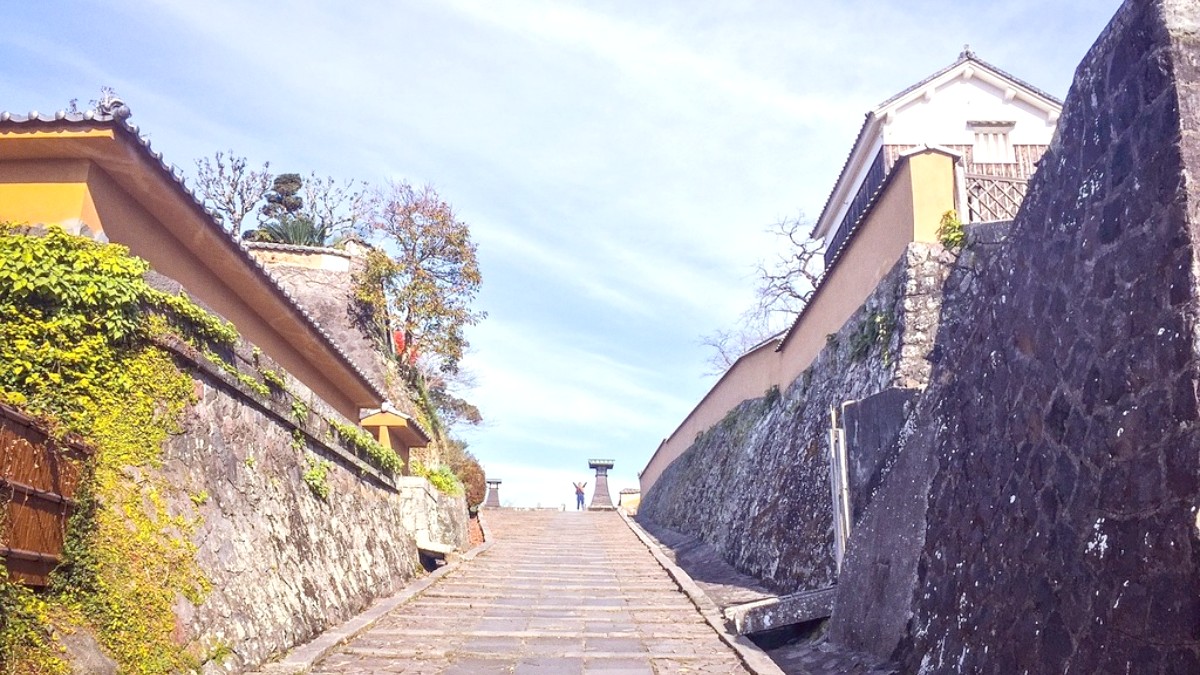
Kyushu, Japan
The Kumamoto City Tram is an iconic and highly efficient form of public transport within central Kumamoto, featuring two main lines (A and B). An extensive bus network complements the tram system, covering the entire city and connecting to surrounding suburbs and rural attractions.
The main hub for the tram system is JR Kumamoto Station. From there, lines extend to major areas like Kumamoto Kotsu Center, Suizenji Park, Kumamoto Castle, and shopping districts. Kumamoto Kotsu Center serves as the central bus hub for city and long-distance highway buses.
Trams operate from early morning (approx. 6:00 AM) until late evening (approx. 10:30 PM). Buses vary by route but generally run similarly.
Many newer trams and buses have low floors for accessibility. JR Kumamoto Station is generally accessible with elevators and ramps.
Use Google Maps for directions. An IC Card or one-day pass can simplify payments. Trams suit central attractions, buses offer wider coverage.
Taxis in Japan maintain extremely high safety standards, operated by professional, courteous drivers.
No significant safety concerns when using clearly marked, licensed taxis.
Designated taxi stands are available directly outside Kumamoto Airport terminal.
Taxi stands are conveniently located outside main exits of JR Kumamoto Station.
Different rental options cater to various travel styles.
Available from specialized shops, but less common for short-term tourist rentals. Requires valid motorcycle license and IDP.
Various options in Kumamoto City and Aso region, often from tourist centers or hotels. Electric bicycles are available.
No specialty vehicle options like tuk-tuks or jeepneys for tourist rentals.
Kumamoto city center is quite pedestrian-friendly, making exploration on foot pleasant.
No specific "no-go" areas exist for pedestrians and cyclists in Kumamoto, indicating a generally safe environment for these activities.
Safe Exploration
Some busy main roads with heavy traffic may be less pleasant for walking or cycling due to vehicle volume and noise.
Exercise Caution
Exercise caution on narrow roads, especially in residential areas, as they may lack dedicated sidewalks, requiring you to share the road with vehicles.
Prioritize Safety
Kumamoto offers a mix of efficient public transportation, convenient taxi services, and flexible rental options, all contributing to a smooth travel experience. Planning your daily movements based on your itinerary and preferences will ensure you make the most of your time.
Explore the city's rich history and natural beauty with ease, knowing your transportation needs are well-catered for.